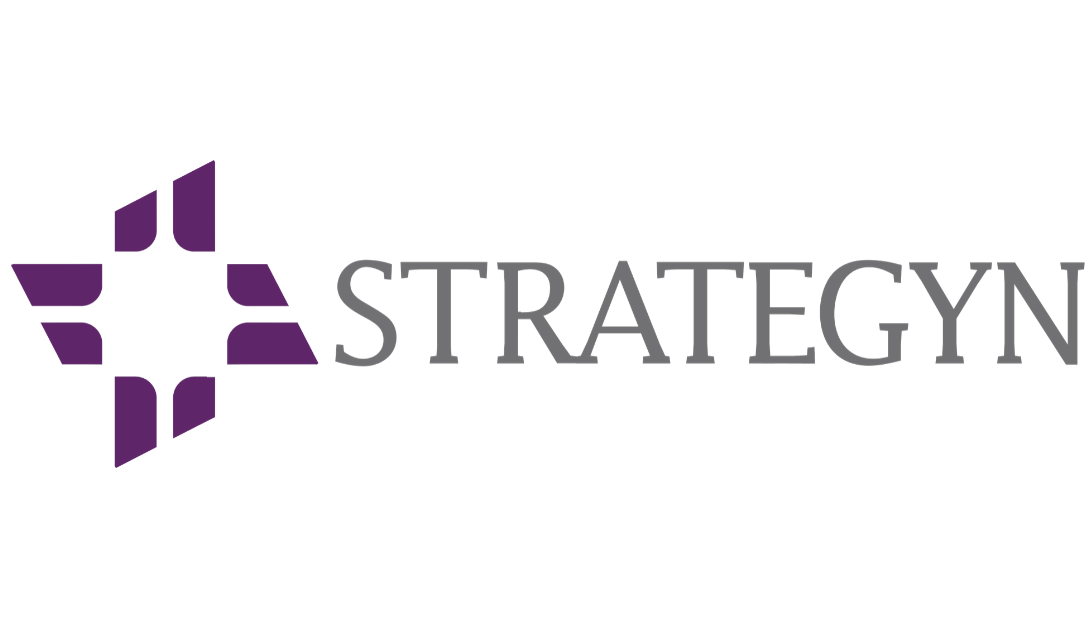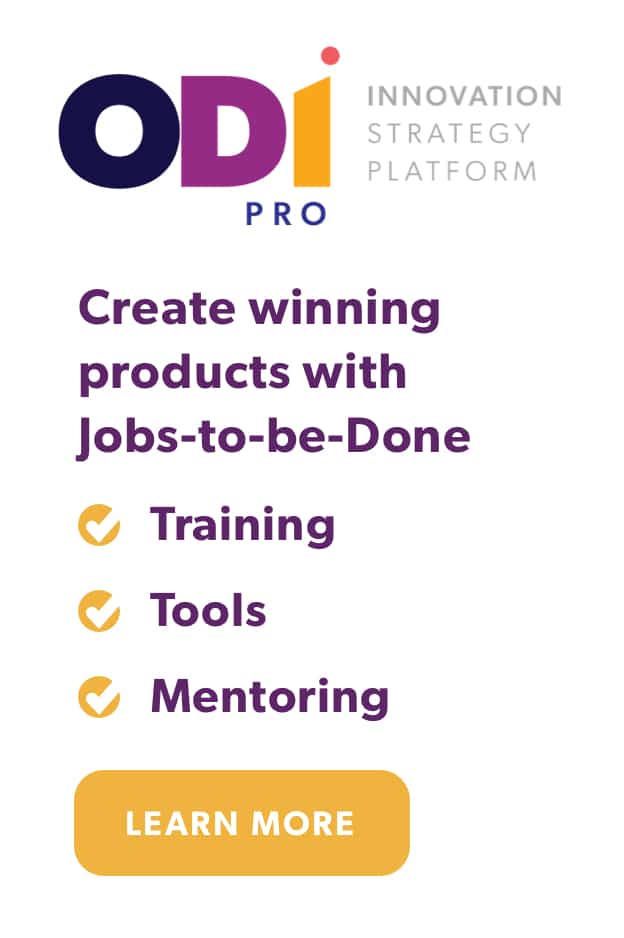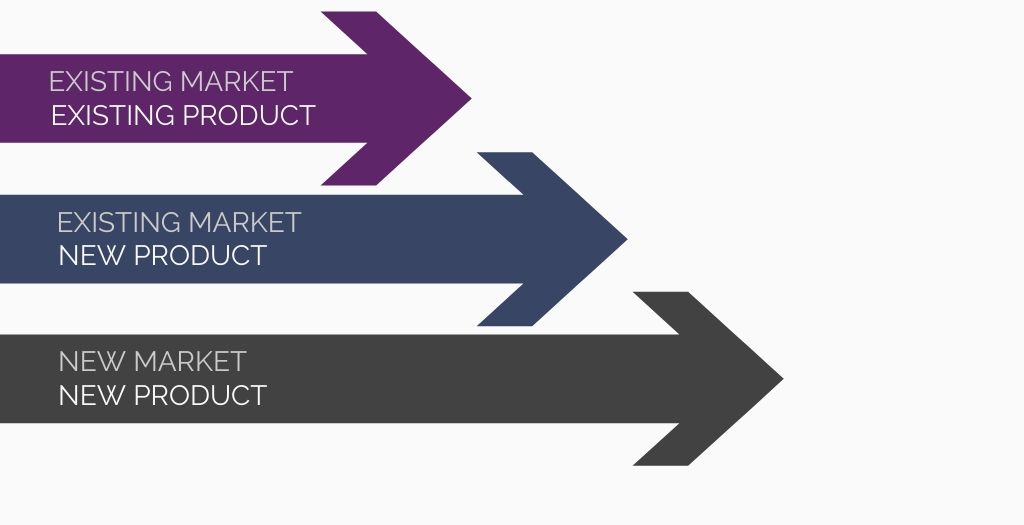Innovation happens. In fact, it happens frequently enough to have resulted in the creation of tens of thousands of successful businesses. The problem is that most innovation happens randomly. It’s unpredictable. This is a problem, especially for large, public companies that have an obligation to their stockholders to grow each year at a respectable and predictable rate. A company that was able to make innovation predictable would be able to promise stockholders reliable growth–which would put it in a very special category: over a recent 10-year period, less than half of 1 percent of all large, public companies were able to achieve a modest 5 percent growth rate each year. The challenge, then, is not to figure out how innovation happens, but to implement a product innovation strategy that makes predictable innovation happen.
Let’s address the first prerequisite. While nearly everyone in a company is responsible for product improvement, it is management, and management alone, that is responsible for new product creation. New investments require strategic decisions to be made. How those investment decisions are made will ultimately determine whether or not the company achieves its long-term growth objectives. Consequently, this group of people should be chosen wisely and formally entrusted with a charter to drive new growth.
If all companies had such a team, the companies that would prevail would be those that made the best decisions with the fewest mistakes. Here is where we come to the second prerequisite of an effective product innovation strategy: companies need the processes and tools to answer four key questions that drive higher new product creation success rates:
- When is the right time to replace an existing product with a new one?
- What new markets should we enter?
- What new products do customers want that will generate the needed revenue growth?
- What segments do we target to optimize profit share?
My team and I have spent the past 22 years working with Fortune 100 companies to create an innovation process that effectively answers these four questions and more. It is called Outcome-Driven Innovation. This process was first introduced to HBR readers in 2002 in the article Turn Customer Input into Innovation. After being introduced to this thinking, Clayton Christensen dedicated a chapter in The Innovator’s Solution to “jobs-to-be-done” thinking, citing our work and the Outcome-Driven Innovation process. We revealed how we map the customer’s job-to-be-done in the 2008 HBR article The Customer-Centered Innovation Map. We have six patents on this process, and our latest (issued in 2012) relates to market sizing and pricing.
Our two decades focused on this problem have produced remarkable advancements: our product innovation strategy increases the new product creation success rate to well over 50 percent. As discussions on reinventing innovation take place within your company, we are happy to share what we have learned (download the Outcome-Driven Innovation white paper). Our mission is to help companies implement a product innovation strategy that delivers predictable growth.



